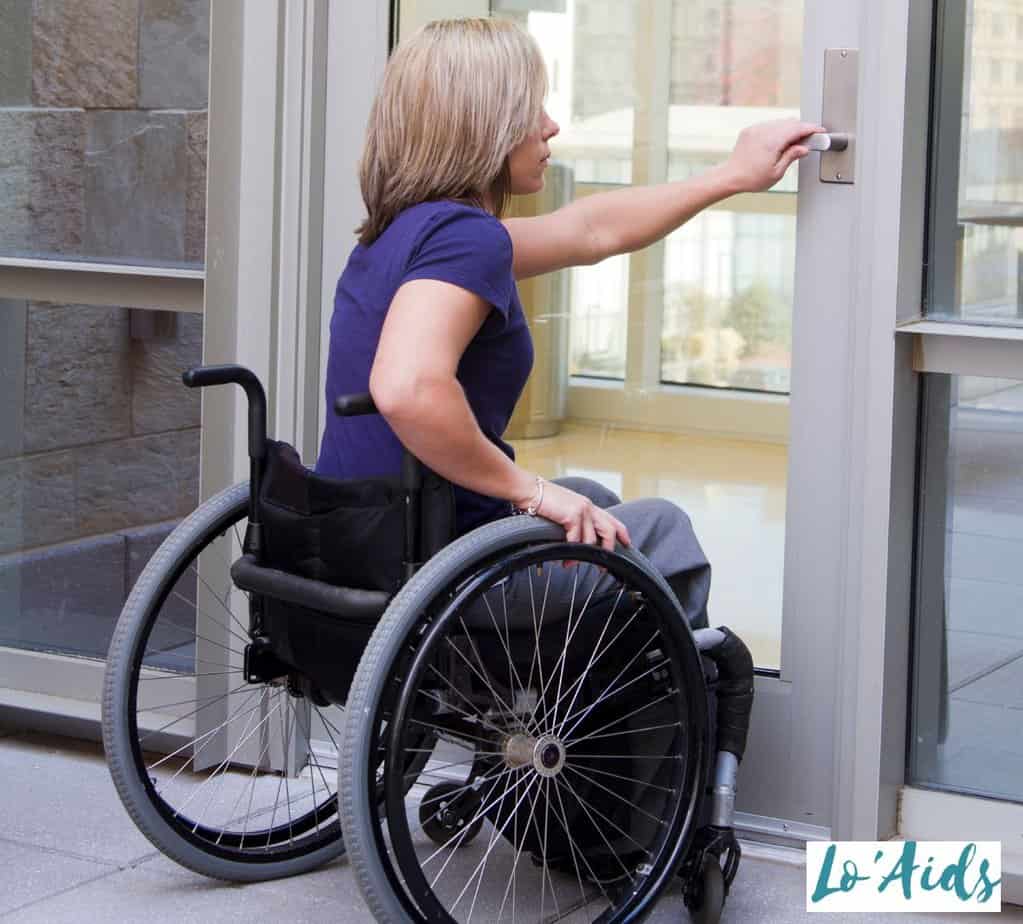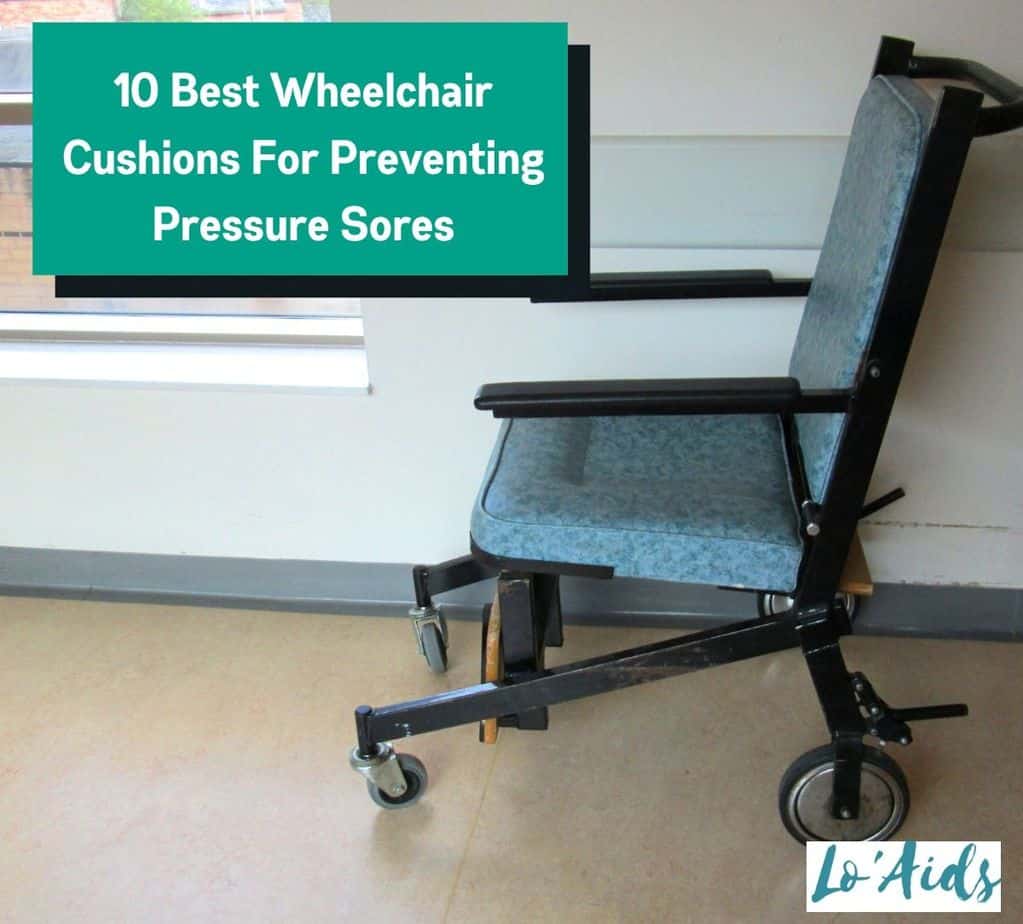How to widen a doorway for wheelchair access? This is a question that most transport wheelchair users will have on their wheel-usage journey.
I also had the challenge of trying to maneuver around the house in a manual wheelchair until I resolved to remodel the narrow doorways. If you have the same issue, read on to gain some handy tips!
Also Read: Can Wheelchair Fit Through 30 Inch Door?
Table of Contents
4 Tips To Widen a Doorway for Wheelchair Access
According to the Americans with Disabilities Act (ADA), the standard doorway width for wheelchair access is 32 inches wide. (1)
But most homes and commercial buildings do not even meet the 32-inch door accessibility standard, limiting wheelchair accessibility for people with mobility issues.
The only option if you have a larger wheelchair is wider doorways for easy accessibility. Here are four tips to widen your doorways.
1. Use Offset Hinges
These door hinges are not your standard ones since they add more inches of space to the clearance. They widen your standard door space by opening a space between the door frame and the door itself.
These expandable door hinges pose a simple DIY project to do with someone. Check out this YouTube video from EquipMeOT on the basic steps to install offset hinges.
2. Eliminate Trims
Modern door trims usually add aesthetic decoration to interior doorways. The installed trim may get in the way of allowing the door to achieve a total clearance for wheelchair access.
But you should not damage the drywall pieces as this may weaken the frame, affecting the current door hinges.
Check out this YouTube video from The Funny Carpenter on how to widen a doorway for wheelchair access by removing trims.
3. Remove the Entire Door
If the interior door opens up to a tight corner, the two methods above will not help. This leaves you with the option of removing the door to allow easy wheelchair clearance.
You can add curtains to the door if you still want privacy. Another option is to have an expert install a pocket door since it does not take up any floor space.
While removing the standard door gives you ample space, you will have to move electric accessories. This includes light switches and electric sockets near the doorway.
4. Reframe the Doors
Since you need exterior doorways, the best thing you can do is reframe them. Building regulations allow wider doorways up to 42 inches— a 34-inch wide exterior door can make a significant difference.
Reframing interior doors can also give you a couple of inches more to make spaces wheelchair accessible.
Note that this will also have to involve changing the current location of electrical components to adjust to the new doorway size.
RELATED READ: How Wide Are Wheelchairs?
The Average Cost of Making Doorways Wheelchair Accessible
When changing your doorways for wheelchairs, understanding what is the average budget cost is crucial. With the proper budget, you can touch on all the crucial doorways around the home instead of one or two.
So what is the average remodeling cost, according to experts? (2)
Quality heavy-duty expandable offset hinges usually cost from $30 up to $50. Of course, a house has many doors, so the price can go up to $200 and even $500 or $700.
If doing a DIY, you will not have to account for labor costs, but if a professional is necessary, the cost will add up.
Removing the existing door trims will only need the proper tools. But take care not to damage the drywall since you might cause visible damage, warranting a professional repair.
As for removing and reframing doorways, the best option is to call an expert who can give you a rundown of the actual project cost.
Making your home wheelchair accessible might include other remodeling approaches a certified expert will recommend.
Why Call an Expert?
Although we all love a challenge, changing your hallways for wheelchair mobility by yourself may not meet the ADA compliance standards.
This is why hiring the best local contractor is your best option, since you also get safety features and durability guarantees.
I remember doing a call with a local contractor, and the team came to evaluate my home. They arrived the next day and gave me more recommendations on making the entire space accessible than I could have thought.
Apart from getting widened doorways, the contractor installed a wheelchair lift to allow access to the upper floor. They also changed the door knobs to lever handles and installed a wheelchair ramp beside the porch steps. (3)
FAQs
What is the recommendable door width according to ADA standards?

According to the Americans with Disabilities Act, the recommendable door measurement is 32 inches wide. But if your type of wheelchair has a wide seat, you can have a door up to 42 inches wide.
How effective are the offset hinges?
These types of hinges open the door outside the frame. They are effective in trim-present doors and are an inexpensive way to widen your doorways.
Which is better, hiring an expert or a DIY to make my home wheelchair accessible?
While you can do some wheelchair accessibility projects in a DIY, others warrant hiring an expert. So before making a remodel decision, weigh its nature and the needed safety features.
Conclusion
The topic of how to widen a doorway for wheelchair access is one most wheelchair users think about. But with the proper knowledge and budget, you can make your home wheelchair accessible within no time.
With these four simple tips to widen your doorways and the information on the average cost and why hire a professional, now it is up to you to make an informed decision.

References
1. ADA. Opening Doors To Everyone | ADA National Network [Internet]. adata.org. 2017. Available from: https://adata.org/factsheet/opening-doors-everyone
2. Learn how much it costs to Remodel for Disability Accommodation. [Internet]. www.homeadvisor.com. [cited 2022 Sep 27]. Available from: https://www.homeadvisor.com/cost/environmental-safety/remodel-for-disability-accommodation/#average-costs-of-remodeling-for-accessibility-interior-costs
3. Varkala I. 6 Benefits Of Stairlifts For Wheelchairs [Internet]. AgingInPlace.org. 2022. Available from: https://aginginplace.org/6-benefits-of-stairlifts-for-wheelchairs/





